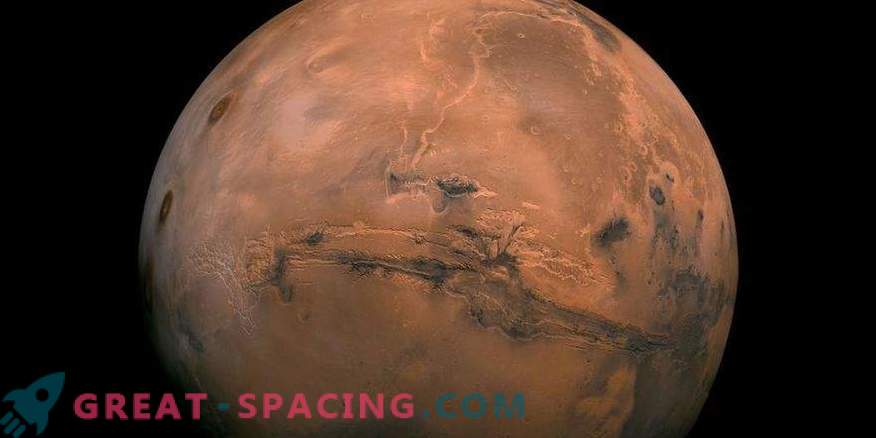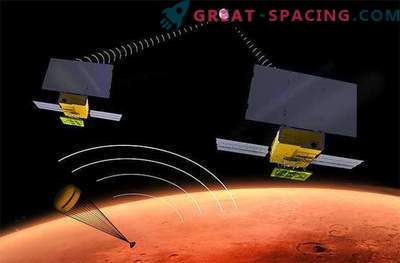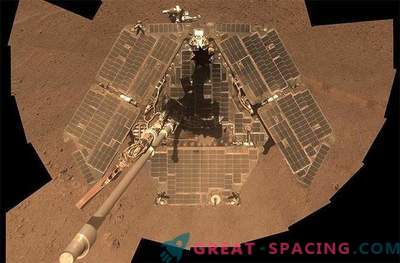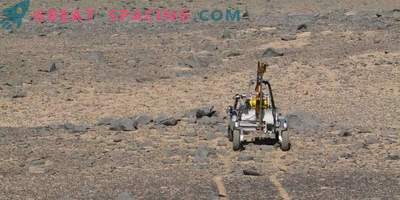
Since the first successful landing on Mars in the 1970s. scientists sought to improve knowledge of the surface of the red planet. The first successful rover was Sojourner, who arrived to the planet in July 1997. Since then, Mars has been visited by three more successful rovers that collect information about water, rocks, soil and minerals, as well as organic materials.
However, if we want to send people to Mars, then the technology of rovers must rapidly develop. Modern rovers lack the necessary skills to develop intelligence and support the first Martian colonies. More precisely, they lack autonomy.
Spacecraft on the surface are not able to independently assess the risks, and are forced to wait for commands from the Earth. Also, in one Martian day, only a few tens of meters can be overcome. It is necessary to adhere to the originally chosen path, sometimes ignoring valuable areas.
Scientists working on the PERASPERA project set about developing rovers capable of covering long distances during the day, making decisions independently and working with other rovers to get to difficult areas. Recently, the project conducted Europe's largest field test of vehicles with the participation of 40 engineers. For the test had to get to the northern outskirts of the Sahara Desert in Morocco, which resembles Mars.
From lab to field
Within two weeks, tested 3 self-propelled rovers. Developed automated navigation systems tested on 5 different sites. Work in open space allows you to prove that new systems cope with tasks in more complex and well-designed conditions than simulated ones.
Future rovers
One of the rovers (SherpaTT) drove 1.3 km completely offline. In fact, after finding several stones with an unusual shape, he sent an instruction to the main planner to change his own position in order to get more pictures. Autonomous long-range navigation and the ability to make decisions demonstrated by the apparatus are vital for future Mars explorations.
The PERASPERA project should be completed in 2019. His achievements include the development of key technologies and robotic systems for the maintenance of satellites in orbit and the exploration of planets. The results are used to support the space mission planned for 2023.











































